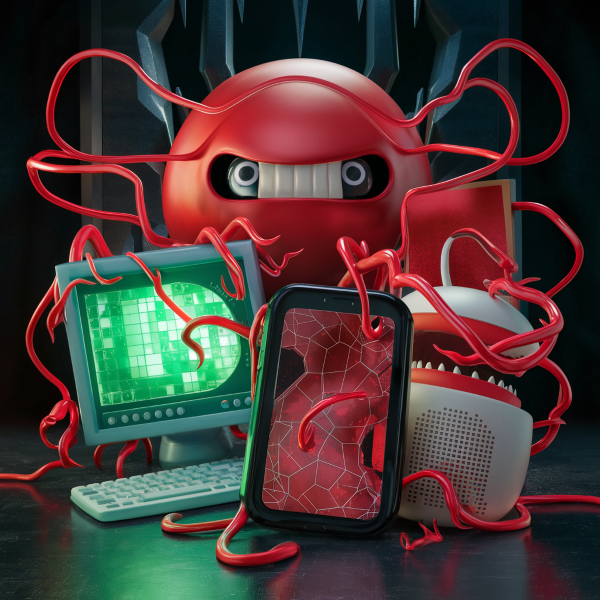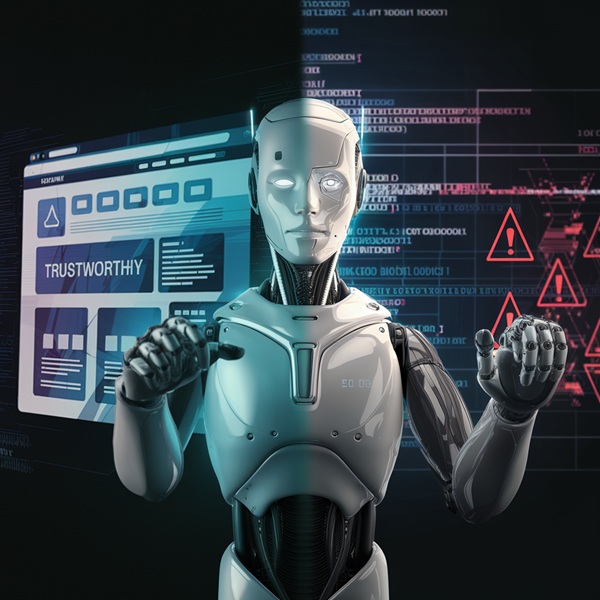Researchers have unveiled a new kind of malware – the “Morris II” AI worm, named after the infamous 1988 Morris worm. This malicious program exploits vulnerabilities in generative AI applications, which are designed to produce creative text formats, translate languages, or create images. These seemingly harmless AIs can fall prey to Morris II’s malicious instructions cleverly disguised as prompts.
Here’s a breakdown of the attack process:
Morris II embeds its malicious code within prompts, hiding them in text messages, emails, or even images.
It specifically targets AI-powered applications and email assistants that utilize large language models (LLMs) like ChatGPT 4.0 or Gemini Pro. These are the tools responsible for creative writing, language translation, and image generation.
The disguised prompts, when processed by vulnerable AIs, not only execute the instructions but also replicate and spread the malicious code through their outputs. For instance, if an AI tasked with writing emails is infected with Morris II, it could create new emails containing malicious prompts, further spreading the worm.
Once embedded, the AI worm can wreak havoc in two primary ways:
Data Exfiltration: It pilfers sensitive information such as customer details, credit card numbers, or social security numbers stored within the compromised AI system.
Spam Proliferation: It manipulates AIs to generate and distribute large-scale spam campaigns, further expanding its reach.
A video demonstration of Morris II
The Potential Dangers of Moris II AI Worm
while the Morris II AI worm research was conducted in a controlled environment, it raises serious concerns about the genuine threats these malicious programs pose in the real world. As AI technology advances and integrates further into our lives, vulnerabilities in these systems may become more prevalent, providing fertile ground for AI worms to exploit.
One of the biggest threats is to data security. AI systems often harbor sensitive information, entrusted with customer details and financial records. A successful AI worm infiltration could result in significant financial losses and reputational damage for businesses.
Moreover, AI is increasingly automating critical tasks across various industries. An AI worm infiltrating these systems could disrupt operations, causing costly downtime and affecting productivity. Imagine a manufacturing plant where AI controls production lines or a hospital where AI assists with medical diagnoses – a successful worm attack could have disastrous consequences.
The Need for Proactive Defense
The emergence of Morris II serves as a wake-up call. We are entering an era where AI security is a necessity. We need to embrace AI cybersecurity tools while simultaneously investing in making these tools themselves more secure. By taking proactive measures and staying informed about evolving cyber threats, we can ensure that AI remains a powerful force for good, not a weapon for malicious actors.





